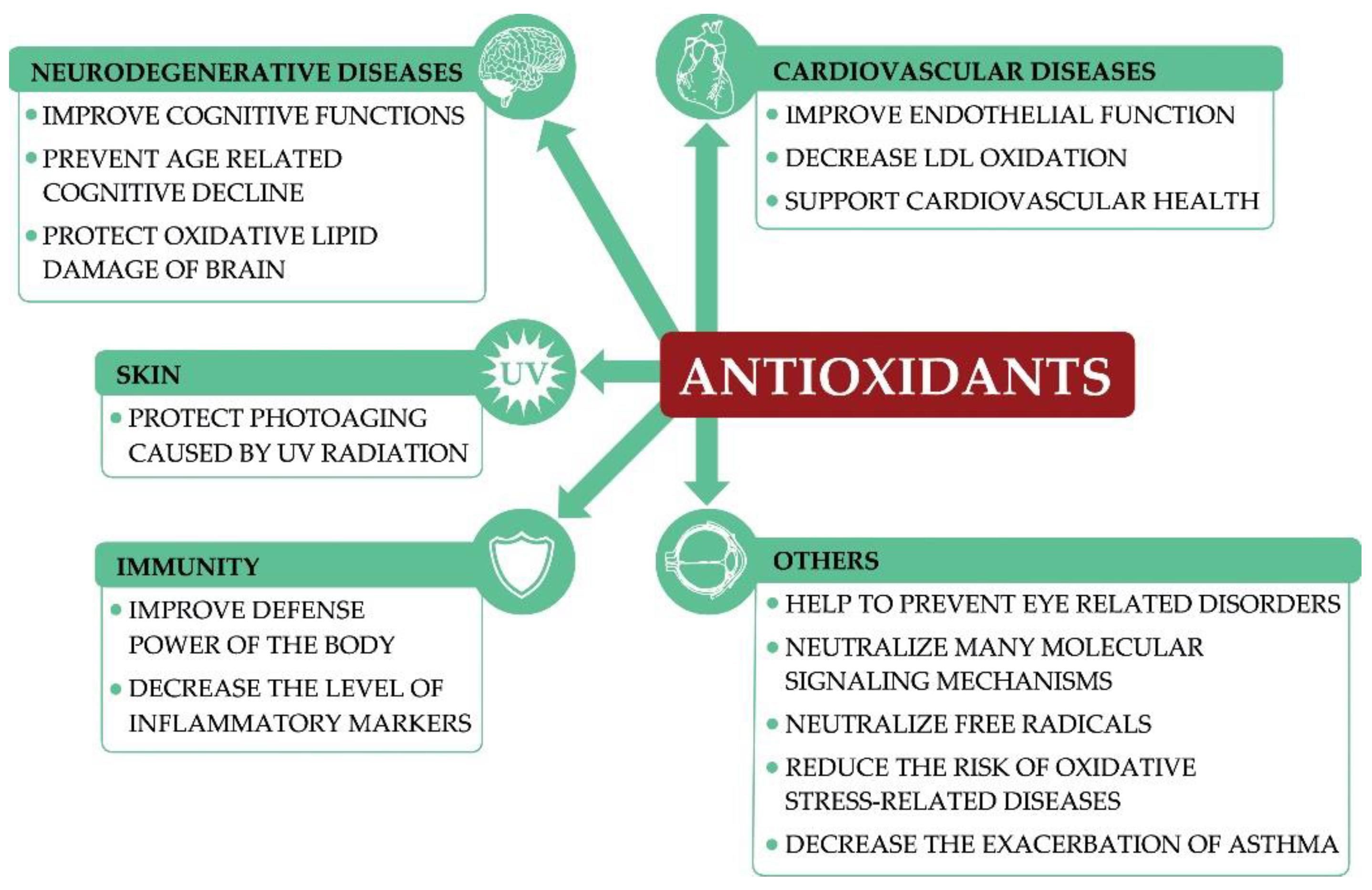
Fiber is good for your overall health and can help prevent many diseases. It can lower the risk of type 2 diabetes, heart disease, cancer, and weight gains. For optimum health, aim to eat at least 25 grams of fiber a day. This can be accomplished by incorporating plant foods into your daily life.
Many studies have shown that eating high-fiber foods may help lower your risk of developing colorectal or breast cancer. However, contradictory evidence exists about whether fiber protects against any other types of cancer. The American Cancer Society predicts that there will 148,000 new cases in 2020 of colorectal disease. In addition, researchers are investigating the role that fiber can play in the prevention of colon and other gastrointestinal diseases.
According to the National Academy of Medicine, fiber is defined as "non-digestible carbohydrates, such as cellulose and hemicellulose." Both insoluble (soluble) and soluble forms both have health benefits. They may help to slow the absorption of sugar into the bloodstream and delay the rise of blood glucose after meals.

Many studies have found that high fiber diets can protect against prostate, ovarian and endometrial cancers. The risk of developing these diseases is not decreased by dietary fiber, according to a review.
For people with gastrointestinal disorders, high-fiber diets may be beneficial. Researchers have found that fiber can help to reduce the incidence of colon cancer, hemorhoids, and other problems. Researchers have also found that fiber can lower colon cancer risk in seniors.
Researchers have also found that a high-fiber diet reduces the incidence of heart disease and respiratory disorders. Studies show that fiber may prevent breast and prostate cancers.
A low-fiber diet can increase the amount of bile acids in the intestines. This is linked to higher colon cancer risk. Low-fiber diets are also known to increase inflammation and mucosal degeneration, which can cause a higher risk of developing disease.

The American Dietetic Association recommends that you consume at minimum 25 grams of fiber each day. Soluble fibers lower sugar absorption in the bloodstream, and lessen insulin spikes after meals. A diet high in whole grain is linked to a lower chance of developing cardiovascular disease.
Fiber is a common ingredient in many fruits and vegetables. To improve your diet, try to eat crunchy raw vegetables, and a variety of cereals that are at least 20 percent fiber. Fiber supplements can be used to bulk up your stool. It doesn't matter how much fiber you eat, maintaining a healthy lifestyle is key to staying in shape.
Recent studies show that high-fiber diets can be beneficial in reducing the incidences of colorectal, breast, and other types of cancer. Although the relationship between fiber intake, risk and cancer remains unclear, there is enough evidence to support Denis Burkitt’s recommendation that people consume 50 grams of fiber daily.
FAQ
How do I measure body fat
The best way to measure body fat is with a Body Fat Analyzer. These devices measure the body fat percentage in people who wish to lose weight.
How does an anti-biotic work?
Antibiotics are medications that kill harmful bacteria. Antibiotics are used to treat bacterial infections. There are many types of antibiotics. Some can be taken orally, others are injected and some are applied topically.
People who have been exposed are often given antibiotics. For example, if someone has had chicken pox, he or she might take an oral antibiotic to prevent shingles later on. An injection of penicillin may be necessary to prevent pneumonia if someone has strep.
A doctor should give antibiotics to children. Children are at greater risk than adults for developing serious side effects from taking antibiotics.
The most common side effect of antibiotics is diarrhea. Other side effects include dizziness, nausea and vomiting, dizziness, stomach cramps, dizziness, allergic reactions, dizziness, dizziness, stomach cramps, diarrhea, nausea, vomiting, allergy, headaches, dizziness, dizziness, dizziness, stomach cramps, and stomach cramps. These side effects typically disappear once treatment is complete.
What can I do to boost my immune system?
The human body is composed of trillions if not billions of cells. These cells combine to form organs or tissues that serve specific functions. One cell is replaced by another when it dies. Hormones, which are chemical signals that allow cells to communicate with one another, enable them to do so. Hormones regulate every bodily process, from growth and development to metabolism as well as immunity.
Hormones can be described as chemicals produced by glands in the body. They travel through blood stream and act as messengers that control the function of our bodies. Some hormones are produced internally while others are made outside of the body.
When a hormone-producing gland releases their contents into the bloodstream, hormone production begins. Once hormones are released, they move through the body to reach their target organ. Some hormones are only active for a brief time. Other hormones remain active longer and still have an influence on the body's functioning long after they leave bloodstream.
Some hormones are made in large quantities. Others are made in very small amounts.
Certain hormones can only be produced at specific times in life. For example, estrogen is made during puberty. Estrogen helps women develop breasts, maintain bone density, and prevent osteoporosis. It helps to stimulate hair growth and maintains skin's softness.
What are 10 healthy lifestyle habits?
-
Breakfast is a must every day.
-
Don't skip meals.
-
You should eat a balanced diet.
-
Get plenty of water.
-
Take care to your body.
-
Get enough rest.
-
Avoid junk food.
-
Get at least one form of exercise each day.
-
Have fun!
-
Make new friends
Statistics
- In both adults and children, the intake of free sugars should be reduced to less than 10% of total energy intake. (who.int)
- WHO recommends consuming less than 5% of total energy intake for additional health benefits. (who.int)
- According to the Physical Activity Guidelines for Americans, we should strive for at least 150 minutes of moderate intensity activity each week (54Trusted Source Smoking, harmful use of drugs, and alcohol abuse can all seriously negatively affect your health. (healthline.com)
- The Dietary Guidelines for Americans recommend keeping added sugar intake below 10% of your daily calorie intake, while the World Health Organization recommends slashing added sugars to 5% or less of your daily calories for optimal health (59Trusted (healthline.com)
External Links
How To
What does the term "vitamins" mean?
Vitamins can be described as organic compounds found in food. Vitamins allow us to absorb nutrients from food. Vitamins are not made by the body, so they must be obtained through food.
There are two types of vitamins: water soluble and fat soluble. Water-soluble vitamins dissolve in water easily. Vitamin C,B1(thiamine), B2 (2riboflavin), and B3 (3niacin), as well as vitamin C,B1, B2 (riboflavin), and B3 (niacin), vitamin B6 (pyridoxine), vitamin folic acid (biotin), pantothenic, and choline are examples. Fat-soluble vitamins are stored within the liver and in fatty tissue. Vitamin D, E, K and A are some examples.
Vitamins are classified according to their biological activity. There are eight major vitamin groups:
-
A - essential for normal growth and maintenance of health.
-
C - important for proper nerve function and energy production.
-
D - essential for healthy teeth and bones.
-
E is required for good vision and reproduction.
-
K - Essential for healthy muscles and nerves.
-
P – vital for building strong bones.
-
Q – aids digestion and absorption.
-
R - Required for red blood cell production
The recommended daily allowance (RDA) of vitamins varies depending on age, gender, and physical condition. RDA values are set by the U.S. Food and Drug Administration (FDA).
For adults aged 19 and older, the RDA for vitamin B is 400 micrograms daily. Because it is essential for the development of the fetus, pregnant women should consume 600 micrograms per days. Children ages 1-8 require 900 micrograms per day. Babies under one-year old need 700 micrograms per daily. Between 9 and 12 month, however, this drops to 500 mg per day.
Children aged between 1-18 years old who are obese require 800 micrograms per Day, while overweight children need 1000 micrograms every day. Children underweight or obese will require 1200 micrograms a day to meet their nutritional requirements.
Children aged 4-8 years old who have been diagnosed as having anemia require 2200 micrograms of vitamin C per day.
2000 micrograms are required daily for good health in adults over 50. Because of their higher nutrient needs, women who are pregnant or nursing need 3000 mg per day.
Adults over 70 need 1500 micrograms daily, since they lose around 10% of their muscle mass every decade.
Women who have been pregnant or are lactating require more than the RDA. Pregnant woman need 4000 micrograms daily in pregnancy and 2500 per day after childbirth. Breastfeeding mothers need to consume 5000 micrograms each day when breastmilk has been produced.